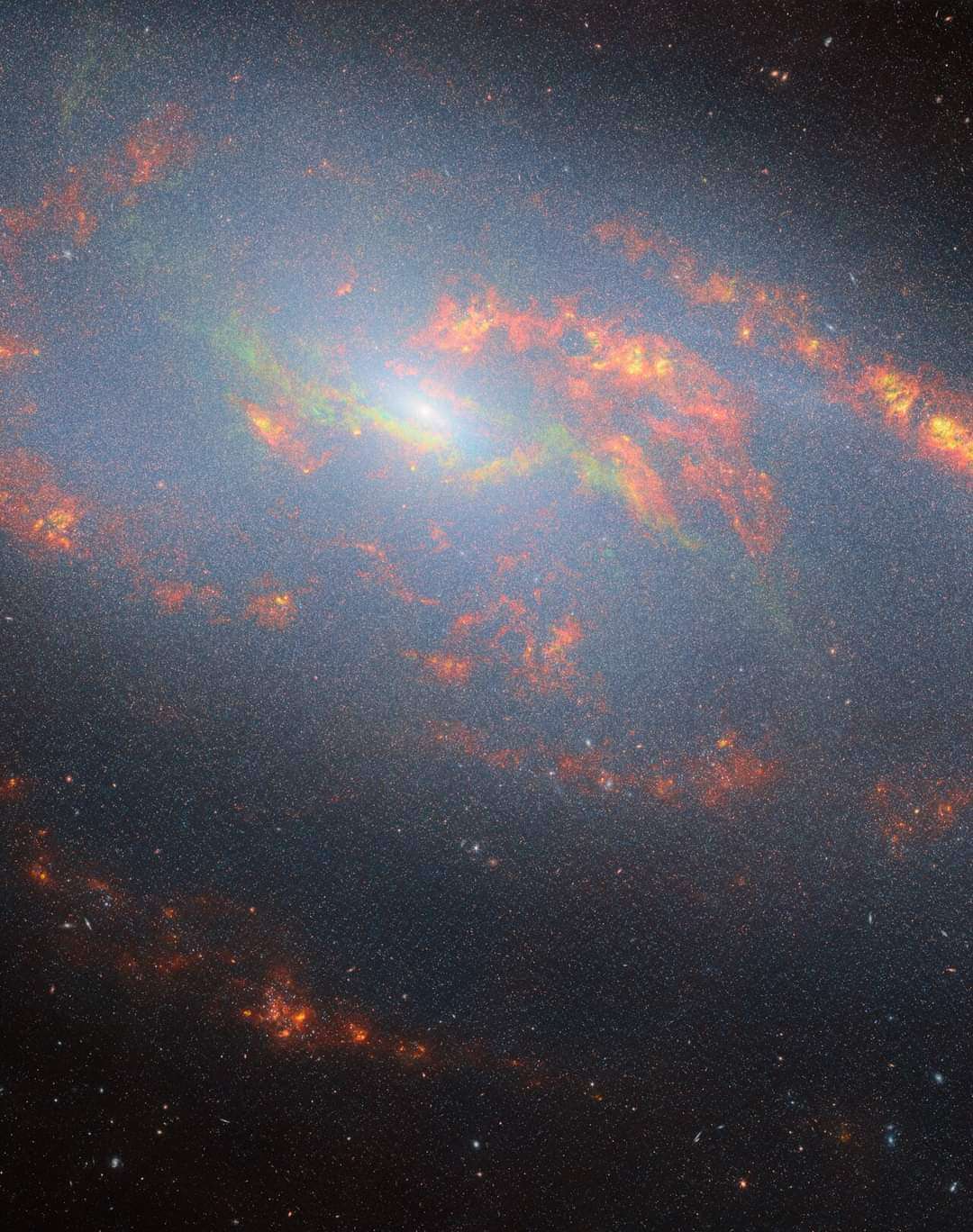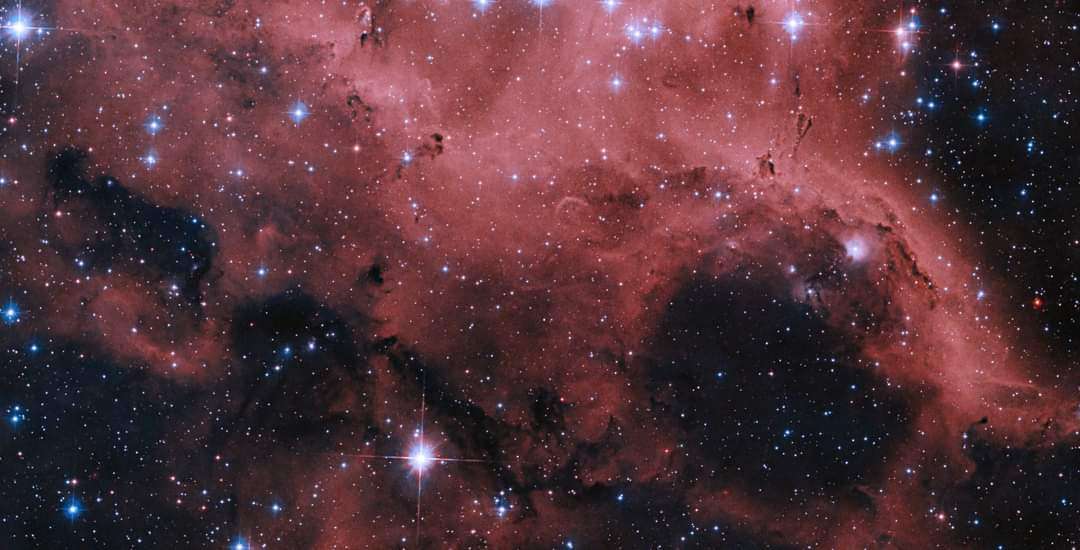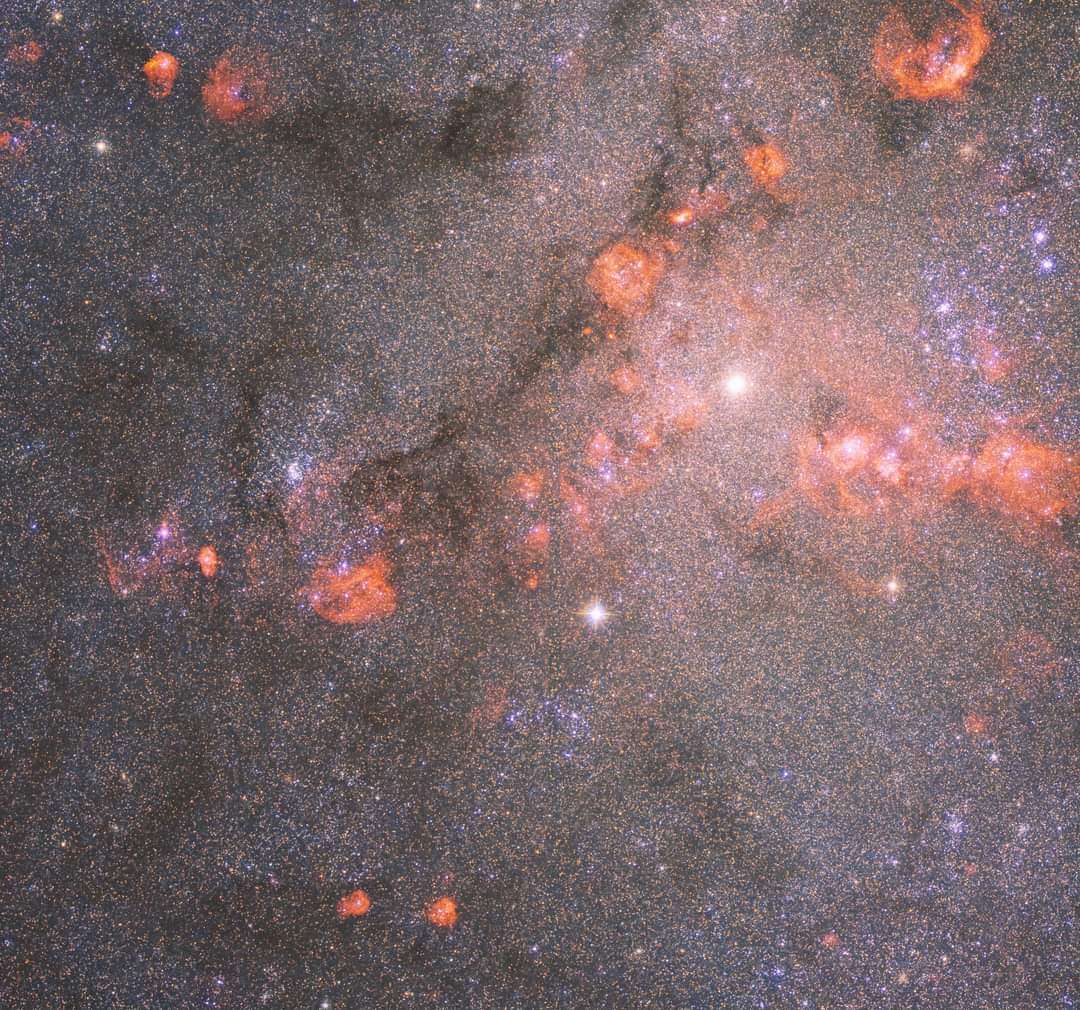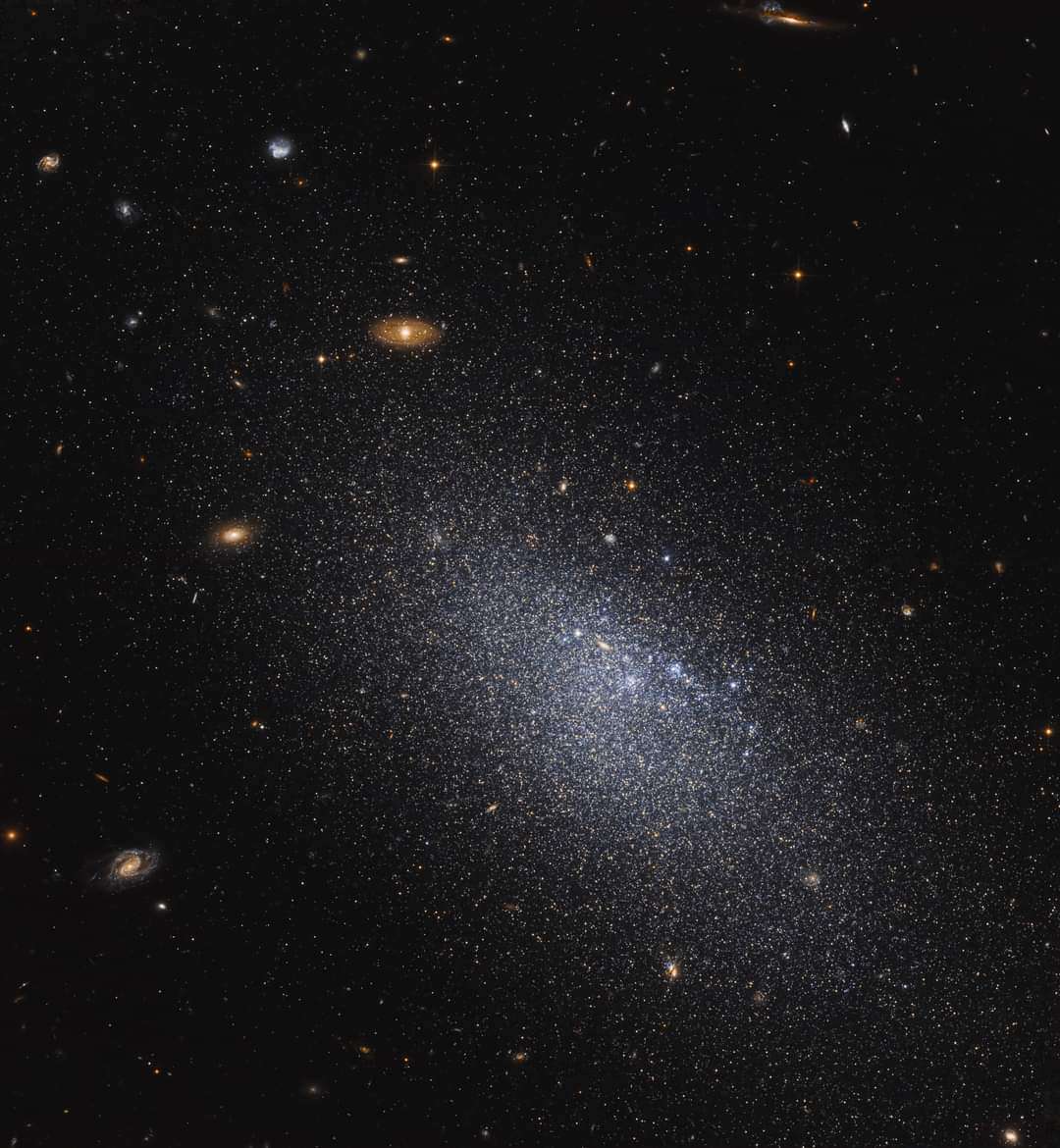화장지 파티, 상상 이상의 재미!
#화장지파티 #클럽댄스 #방콕가라오케
https://xn--1-wm2fx40af6a19bn9....1b.com/posts/%EB%B0%

Discover postsExplore captivating content and diverse perspectives on our Discover page. Uncover fresh ideas and engage in meaningful conversations
화장지 파티, 상상 이상의 재미!
#화장지파티 #클럽댄스 #방콕가라오케
https://xn--1-wm2fx40af6a19bn9....1b.com/posts/%EB%B0%

Xem truc tuyen tran dau Brighton vs Manchester United se duoc phat song vao luc 18:30 giai dau tren kenh Xoilac TV Official.
Hashtag: #xoilac #xoilactv #ketquabongda #lichthidau #xembongda
See more: https://xoilac365.tv/truc-tiep..../brighton-vs-manches
Won’t you be our cosmic neighbor, M106?
This galaxy, with a very active black hole, is one of the brightest and nearest spiral galaxies to ours. Its central region is lit up by its black hole actively gobbling up dust and gas, which heats up, creating powerful radiation.
This spiral galaxy has a secret - two extra arms (shown here in green) composed of hot gas, rather than stars. Analogous to a wave crashing up against a rock before reaching the shore, they were likely created as a result of the violent churning of gas around the black hole.
Image credit: ESA/Webb, NASA & CSA, J. Glenn
#nasa #webb #galaxy #space #stars #science #astronomy #universe

All aboard! It’s time for a trip around our cosmic neighborhood, with Hubble as your tour guide.
Now through August 30, Hubble will unveil new images that explore nearby galaxies and cosmic objects.
First up, we have N11! This newly released view shows a bubbling region of stars about 160,000 light-years away, within the Large Magellanic Cloud (LMC) – a dwarf galaxy that orbits around our Milky Way.
Its cotton-candy-like clouds of gas are ionized by a burgeoning host of young and massive stars, giving the complex a cherry-pink appearance.
Since it’s one of the most energetic regions in the LMC, astronomers used Hubble to examine various portions of its dynamic environment.
Hope you’re ready to explore more of our corner of the cosmos! Follow along with #meetyourcosmicneighbors.
Image credit: NASA, ESA, and J. M. Apellaniz (Centro de Astrobiologia (CSIC/INTA Inst. Nac. de Tec. Aero.); Image Processing: Gladys Kober (NASA/Catholic University of America)
#nasa #hubble #galaxy #nebula #space #stars #science #astronomy #universe

📍 M33
➡️ 2.7 million light-years
🏠 Triangulum constellation
This newly released view shows part of M33, one of our Milky Way Galaxy’s largest neighbors. Reddish clouds of ionized hydrogen are seen interspersed with dark lanes of dust.
M33 is a star-forming powerhouse. In fact, the apparent graininess of the image is actually swarms of countless stars!
At about half the size of our Milky Way galaxy, M33 is the third-largest member of our Local Group of galaxies after the Andromeda Galaxy and our Milky Way.
Image credit: NASA, ESA, M. Boyer (STScI), and J. Dalcanton (University of Washington); Processing: Gladys Kober (NASA/Catholic University of America)
#meetyourcosmicneighbors #nasa #hubble #galaxy #space #science #astronomy #universe #stars

📍VV124
➡️ 4 million light-years
🏠 Ursa Major constellation
As you #meetyourcosmicneighbors, take a look at this new Hubble view of a dwarf irregular galaxy.
It’s relatively isolated, and because of this, astronomers are studying this galactic neighbor to try and determine if VV124 is a relatively undisturbed, older galaxy. Astronomy theories suggest that the lowest mass dwarf galaxies may have been some of the very first to form in our universe!
Hubble’s incredible resolution is able to detect the individual stars within VV124, even at its densest parts.
Image credit: NASA, ESA, K. Chiboucas (NOIRLab - Gemini North (HI), and M. Monelli (Instituto de Astrofisica de Canarias); Image Processing: Gladys Kober (NASA/Catholic University of America)
#nasa #hubble #galaxy #space #stars #astronomy #universe #cosmos #telescope

Elie Saab Bosphorus - Best House Turkey
https://www.besthouseturkey.co....m/property/elie-saab
